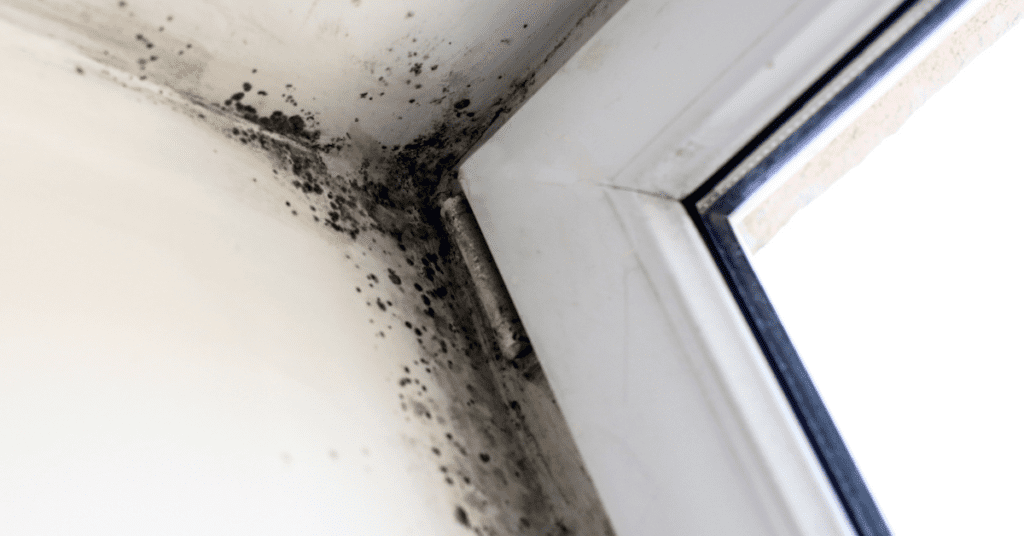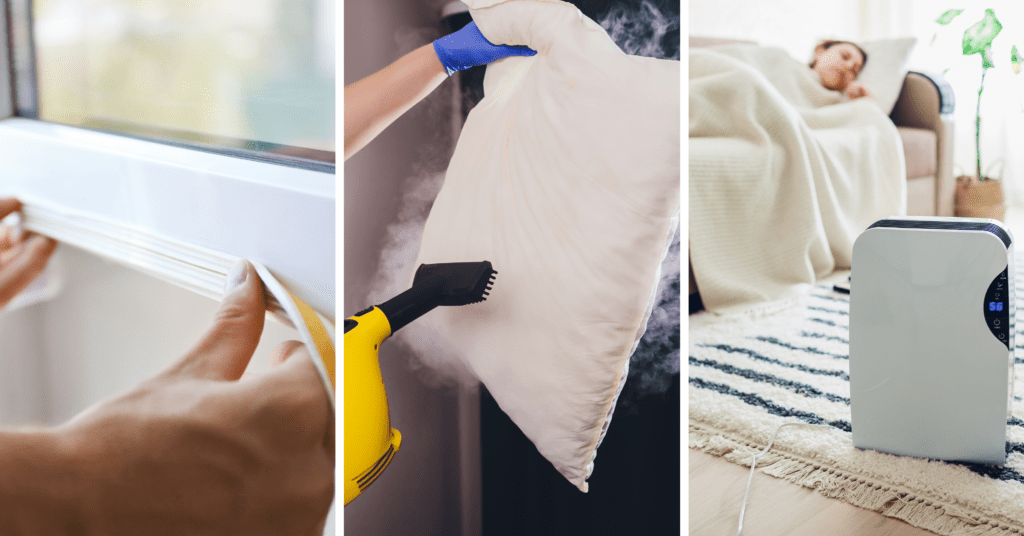The Relationship Between Pests and Mold in Homes

The interaction between pests and mold in homes is a complex and often overlooked issue that can significantly impact the health and well-being of residents. Mold, a type of fungus, thrives in moist environments and can grow on various surfaces, including walls, ceilings, and floors. Pests, such as rodents, insects, and other small animals, are attracted to homes for food, water, and shelter. The presence of mold can create an inviting environment for pests, and conversely, pests can contribute to the conditions that promote mold growth. Understanding how these two problems are interconnected can help homeowners take effective measures to mitigate their presence and prevent the associated risks.
How Mold Attracts Pests
1. Moisture and Food Sources
Mold requires moisture to grow, and areas with high humidity or water leaks are prime locations for mold infestation. These damp conditions also attract pests like cockroaches, ants, and rodents, which seek out water sources. The presence of mold can indicate to pests that there is an available water source nearby, increasing the likelihood of infestation.
2. Organic Materials
Mold feeds on organic materials such as wood, paper, and fabric. As mold breaks down these materials, it creates an ideal environment for pests that feed on decaying organic matter. Termites, for example, are attracted to moldy wood as it is easier to chew and digest.
3. Shelter
The structural damage caused by mold can create small crevices and hiding places for pests. Insects and rodents can use these spaces to nest and breed, further compounding the problem. To reduce pest problems, sprucing up your backyard can eliminate potential hiding spots and breeding grounds.
How Pests Contribute to Mold Growth

1. Structural Damage
Pests such as termites and rodents can cause significant structural damage to homes by chewing through wood, insulation, and wiring. This damage can lead to leaks and increased moisture levels, which in turn create favorable conditions for mold growth. Learning about the 3 methods of pest control can help homeowners choose the right approach for their situation.
2. Waste and Debris
Pests leave behind waste products, including urine, feces, and food debris. These waste materials can contribute to mold growth by providing additional organic material for mold to feed on. Additionally, pest waste can introduce bacteria and other microorganisms that can further promote mold development.
3. Transport of Mold Spores
Some pests, such as cockroaches and ants, can transport mold spores on their bodies as they move through different areas of the home. This can lead to the spread of mold to previously unaffected areas, exacerbating the problem.
Health Implications
The presence of both pests and mold in a home can have serious health implications for residents. Mold exposure can cause respiratory issues, allergic reactions, and other health problems, particularly in individuals with preexisting conditions such as asthma or weakened immune systems. When considering treatment options, many wonder how long pest control lasts to ensure ongoing protection.
Prevention and Mitigation Strategies

Moisture Control
Controlling moisture is key to preventing both mold and pest infestations. Homeowners should address any water leaks, ensure proper ventilation in high-humidity areas like bathrooms and kitchens, and use dehumidifiers if necessary.
Regular Inspections
Regular inspections for signs of mold and pests can help identify and address problems early. Homeowners should look for discoloration on walls and ceilings, musty odors, and signs of pest activity such as droppings or gnaw marks. For those interested in natural solutions, there are various ways to keep your home pest-free naturally.
Proper Sealing
Sealing cracks and gaps in walls, floors, and foundations can help prevent pests from entering the home and reduce the potential for moisture intrusion. Depending on the severity of the pest problem, some may wonder if monthly pest control is necessary for ongoing protection.
Cleaning and Maintenance
Keeping the home clean and free of clutter can reduce the availability of food and nesting sites for pests. Regular maintenance, such as cleaning gutters and ensuring proper drainage around the home, can also help prevent mold growth. Homeowners often debate whether it is better to hire pest control or do it yourself.
Professional Help
For severe infestations of mold or pests, it may be necessary to seek professional help. Pest control experts can address the pest issue, while mold remediation specialists can safely remove mold and address the underlying moisture problem. Is pest control safe? This is a common concern, but professional services are designed to be safe and effective.
Conclusion
The relationship between pests and mold in homes is a multifaceted issue that requires a comprehensive approach to address effectively. By understanding how these problems are interconnected and taking proactive measures to prevent and mitigate their presence, homeowners can protect their health and maintain a safe, comfortable living environment. Regular maintenance, proper moisture control, and timely intervention are essential in breaking the cycle of mold and pest infestations.

Protect your home and health from the dual threats of pests and mold by taking proactive measures today. If you’re located in the Greater Vancouver area, our expert pest control services are available to help you maintain a safe and comfortable living environment. If you’re looking for West Vancouver Pest Control, North Vancouver Pest Control, Vancouver Pest Control, Burnaby & New West Pest Control, Coquitlam & Tri-Cities Pest Control, and Richmond Pest Control, we offer comprehensive pest control solutions tailored to your specific needs. Don’t wait until the problem worsens—contact us now at PestCheck to schedule an inspection and safeguard your home against pests and mold.
